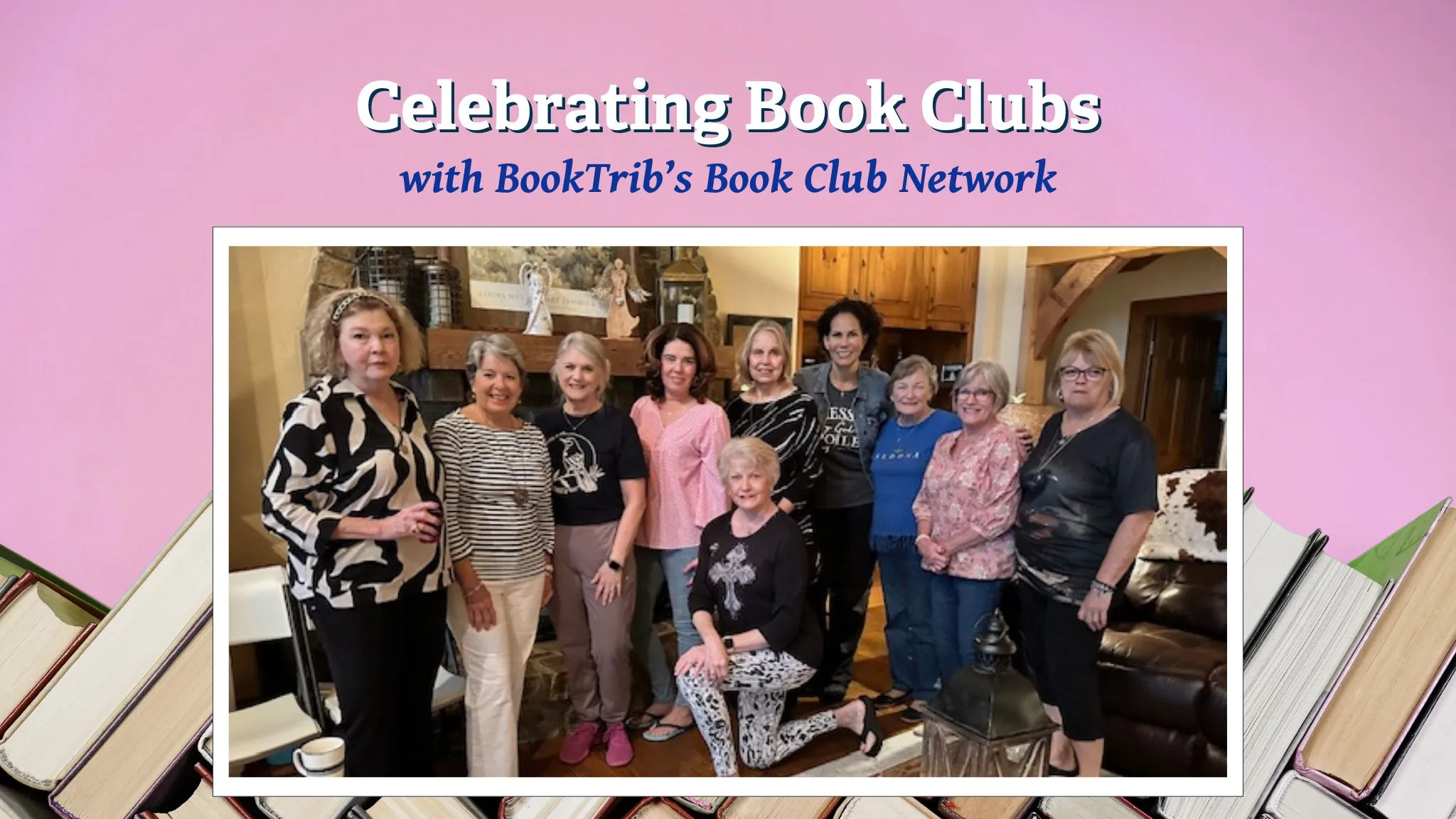In 2011, several members of the Bookers book club went to elaborate lengths to recreate a scene from Emma Donoghue’s bestselling novel, Room.
Flashing lights from a security vehicle blocked the escape of a pickup truck parked in the driveway — in the bed of the truck, an image of a five-year-old child pretending to be dead, rolled up in a rug, only his long braid visible at one end. Members were escorted back through the front door to an open garage and seated inside. The walls were removed revealing the 11×11 dungeon that Ma and Jack lived in — bed, dresser, wardrobe, clothes horse, stove, refrigerator, bathtub, toilet, sink and mirror, a table with two folding chairs, a lamp, a rocker, a shelf, a TV with rabbit ears, and an area rug … the only natural light source, a skylight, and the only portal to the outside, a heavy-metal-keyed-security door.
The review of the novel was delivered inside Room.Constructing a Unique Experience
“Gathering all the necessities to recreate this space was an adventure for my co-chair and me as we picked up an abandoned toilet on the side of the road and begged the owner of an antique shop to loan us a bathtub,” says JoDee Neathery, the current chair of Bookers, an active club incepted in 2004 and boasting an email membership of more than 100 past and present members. Currently, about 20 of the 45 active members attend the monthly meetings. “We’ve been asked repeatedly to recreate Room.”
The novel may have prompted one of the most elaborate “set designs” but over the years, Neathery says a number of books have sparked lively discussions, such as James Frey’s memoir, A Million Little Pieces, The Road by Cormac McCarthy and The Shack by William Young.
“And seldom does a meeting go by without a mention of whether the Bengal tiger in Life of Pi by Yann Martel was real or not,” she says. “Our latest ‘heated’ discussion centered around Anthony Doerr’s latest, Cloud Cuckoo Land.”
These conversations are why Bookers was created — the emergence of a platform where literature would raise their minds to a higher level with a talkability factor that would challenge members to think and respond beyond the storylines.
The bonus, of course, is that the women — all members of the Pinnacle Women’s Club, a philanthropic and social entity located on the shores of Cedar Creek Lake in East Texas — have formed long-lasting friendships. Neathery says their close-knit community of dynamic women is active with social events, bridge, canasta, dinner clubs, Mah-jongg, philanthropic endeavors, bible studies, overnight trips, luncheons and much more. These, she says, are friendships sure to last a lifetime.Growing a Community
For Neathery, who has been either chair or co-chair since the club’s humble beginnings, she thrives on being able to share “the love of the written word with a talented group of women who respect and appreciate not only the expertise and time commitment required to write a book, but the dedication of our selection committee in choosing a variety of titles that are well-written and foster discussion.”
With nine books a year on their “To Be Read and Discussed” pile, there’s more than enough to talk about. New members can expect to have fun, enjoy the camaraderie of the group and “hopefully garner some insight into the book selection and why it was chosen.”
But if you’re not able to join Bookers and are thinking of starting your own book club, Neathery has sage advice.
“Have in mind the kind of book club you want to start and the types of books you would like to discuss — some clubs are focused on a typical genre while others read a variety. There’s not one shoe that fits all,” she says. “Our books are selected by a committee of three, cover most genres, with the criteria being they must be well written and foster discussion. We lean toward fiction versus nonfiction as those generate a wider range of options and discussions. Bookers has only one rule — you can’t say you didn’t like the book if you haven’t read it.”
Sounds like a perfect rule to abide by.




